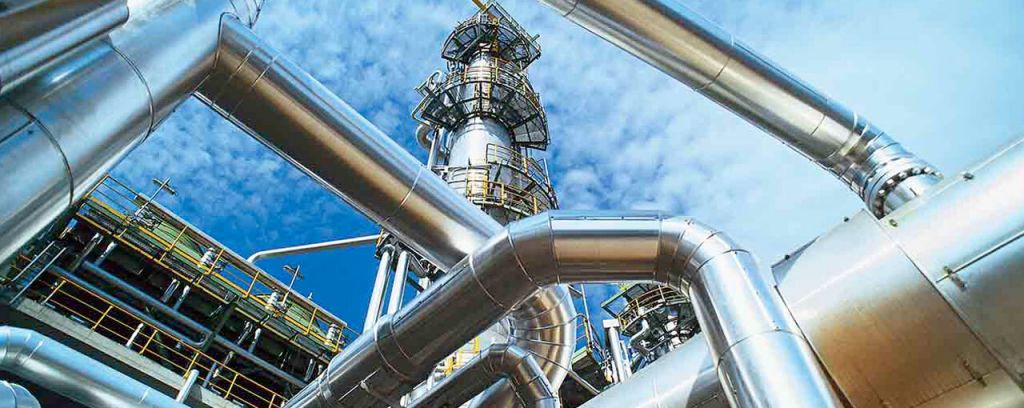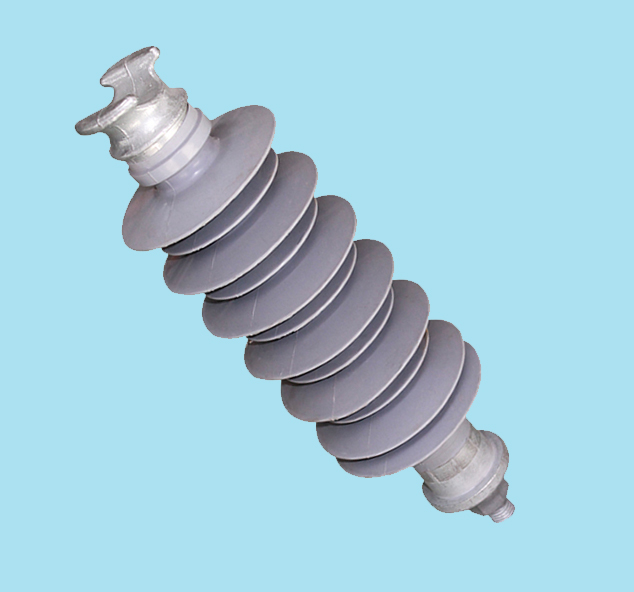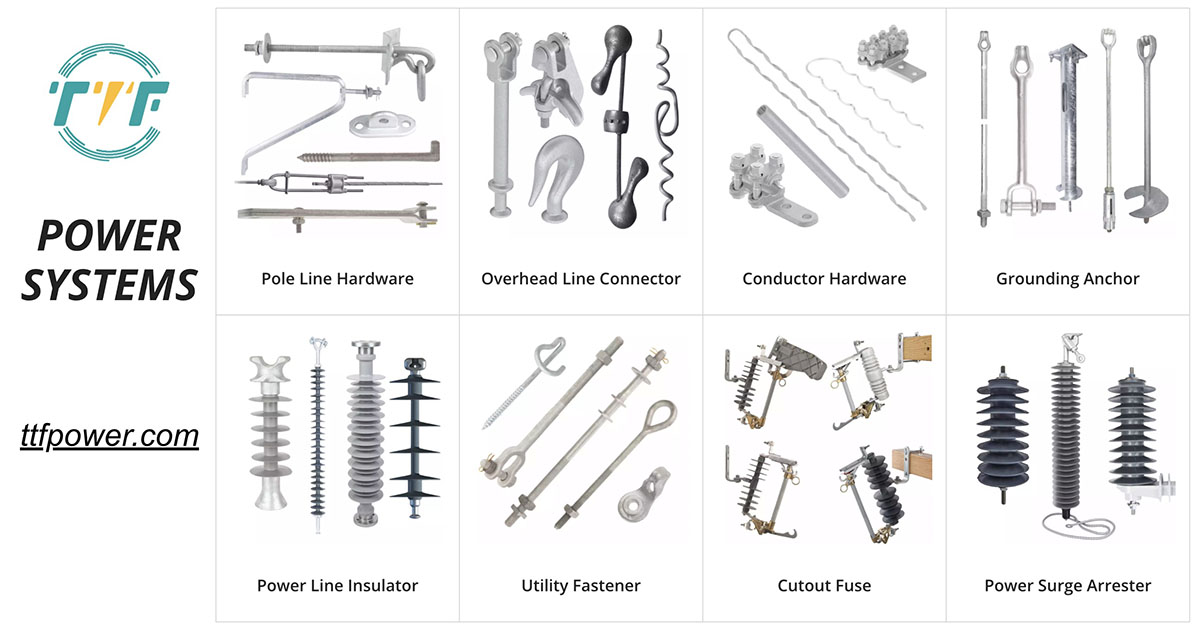
With rising temperatures, there is increased pressure to reduce global emissions and meet global climate goals. Carbon capture, utilization, and storage (CCUS) is a technology that provides solutions for net-zero goals. This technology involves capturing carbon dioxide from the atmosphere, converting it into valuable products, and storing it underground. It could help decarbonize key industries such as energy, manufacturing, and agriculture. South America has a diverse energy mix and rich natural resources that could help reduce the carbon footprint. South American countries are adapting to this technology to reduce greenhouse gas emissions and achieve their set goals. Countries like Brazil, Chile, Argentina, and Colombia are investing in this technology. CCUS can reduce emissions in oil production, mining, and power generation facilities. Pin-type insulators are a crucial component in supporting South America’s net-zero goals.
Pin-type insulators aid in transporting electricity generated in remote areas to urban centers. The insulators support the integration of renewable energy sources into the electrical grid. Powering CCUS with renewable energy sources further reduces their carbon footprint. High-quality pin-type insulators support the electrical infrastructure needed to enable the implementation of CCUS solutions in industrial processes. The insulators prevent electrical current from flowing to the supporting structures and ensure safe and efficient power transmission. Pin-type insulators ensure reliable and efficient power supply to support the transition to a low-carbon economy and implementation of CCUS solutions.
The role of pin-type insulators in carbon capture, utilization, and storage solutions
Pin-type insulators serve in the electrical systems supporting the implementation of CCUS solutions. The insulators enable reliable energy transmission for carbon capture, utilization, and storage facilities. High-performing insulators aid in powering the infrastructure supporting carbon capture, transportation, and storage. Offshore CCUS projects in Brazil need stable power supply to offshore platforms. Pin-type insulators support the electrical infrastructure of copper and lithium mining operations in Chile. The following are the common roles of pin-type insulators in South America’s CCUS solutions.

- Renewable energy integration—pin-type insulators aid in supporting the electrical infrastructure needed to transport clean energy to CCUS facilities. Renewable energy can operate direct air capture systems for carbon utilization.
- Industrial decarbonization—industries such as cement, steel, and chemicals need reliable electricity for operations. Pin-type insulators ensure the stability and efficiency of power supply to the industries. The electrification of industrial processes can reduce emissions and support CCUS efforts.
- Carbon utilization—pin-type insulators support electrical infrastructure needed for carbon utilization technologies. For instance, Chile is investing in green hydrogen production to combine hydrogen with captured CO2.
- Enhancing energy efficiency—efficient power transmission and distribution reduce energy losses and ensure electricity reaches CCUS facilities. Energy efficiency helps reduce the carbon footprint of CCUS operations.
- Carbon storage monitoring—monitoring and verification of carbon dioxide storage sites needs electrical equipment that depends on power supply. Energy efficiency reduces the carbon footprint of CCUS operations.
- Grid integration of CCUS and renewable energy—pin-type insulators serve in transmission networks to ensure the reliable delivery of clean electricity to CCUS plants. They also help stabilize voltage fluctuations and reduce downtime in CCUS processes.
Emerging CCUS technologies in South America
South America is working on advancing CCUS to support net-zero goals, decarbonize industries, and develop carbon markets. For instance, Brazil is in the lead in offshore CCUS, Chile is pioneering CO₂-to-fuel innovations, and Argentina is exploring geological storage in the shale formations. For South America to expand its CCUS, it will need policy support, infrastructure development, and international collaboration. Pin-type insulators support power transmission for CO2 pipelines and storage sites. Mature CCUS technologies in the region include pre-combustion carbon capture, post-combustion carbon capture, and geological reservoirs. At TTF Power, we are a one-stop-shop for utility pole hardware fittings, transmission line accessories and power line construction equipment. We provide our customers with the most extensive range of products in the industry, excellent value and knowledgeable service. Emerging CCUS technologies include:

- Direct air capture—this technology captures CO₂ directly from the atmosphere. It is an idea for integrating with forestation and land restoration projects in the Amazon, Andes, and Patagonia regions.
- CO₂ mineralization and utilization—this converts CO₂ into solid carbonates for use in construction materials. For instance, Chile and Peru are exploring CO₂ mineralization for decarbonization in their mining and cement industries.
- Offshore carbon storage and CCUS hubs—these are large-scale CO2 storage in offshore reservoirs, integrated with regional carbon capture hubs. This reduces the risks associated with land-based injection sites.
- CO₂-to-fuels & synthetic chemicals—this uses carbon dioxide to create synthetic fuels, methanol, and chemicals via hydrogen-based processes.
